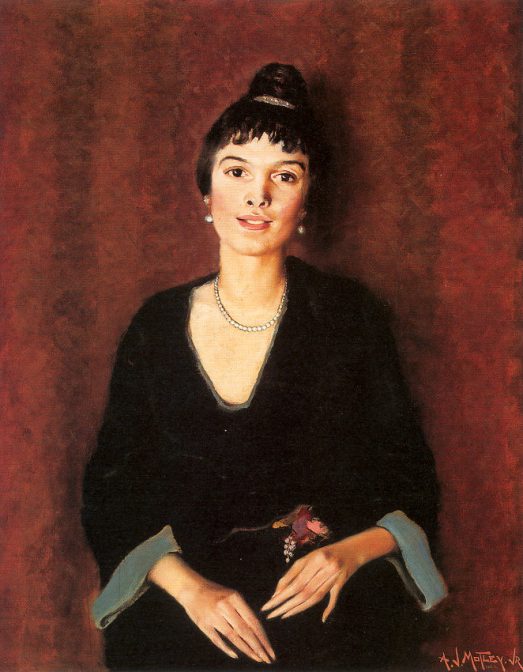Elisabeth Samson (1715-1771) was a free woman who amassed a fortune that in today’s terms would be comparable to that of Oprah Winfrey’s. Not widely known outside of Suriname, many Surinamese assumed that she had acquired her wealth from a rich slave owner and paramour who set her free.
However, in a historical novel that she researched for more than twelve years in the National Archives of Brussels, and The Hague, author Cynthia Mc Leod sheds new light into the life and fortunes of Elisabeth Samson.
Her book ‘The Free Negress Elisabeth-Prisoner of Color’ reconstructs the story of Elisabeth Samson’s life and gives insight into the Dutch colonial rule at that time.
In 18th century Suriname, the ratio of white men to white women was 18:1 and blacks outnumbered whites by 10:1. Moreover, cohabitation between black and mixed race women and white men was prevalent. Such relationships were far more complex and complicated than in places such as the Caribbean and United States and by the mid 18th century, there were as many free ‘colored’ people as there were white in Suriname.
Children born of those unions were categorised based on their white ancestry. Under those categorisations, a mulatto and an African produced offspring whose racial identity was categorised as a karboeger. A mulatto and a karboeger produced a sambo. A mulatto and a white produced a mestee. A mestee and a white gave birth to a castize and a castize and a white produced a pustice.
Such children nearly always had better social opportunities and many women saw it as more advantageous to ‘progress’ and propel their progeny upwards, i.e. towards lighter skin complexion and upward social mobility. Under those circumstances, some women did not need to be coerced into relationships with white men, but saw it as an upwardly mobile arrangement that benefitted them and their children.
That situation only applied to women, because relationships between African-Surinamese men and white women were punishable by death. Dutch colour lines operated differently to the ‘one-drop rule’ operated in the United States.
For example, an octoroon in the Unites States would be the same as a castize in Suriname, but in the United States, the focus was placed on the least amount of African ancestry (1/8 black) as a legal justification for cruelty and oppression, whereas under Dutch colonial rule in Suriname, that same racial mix was deemed white. Nonetheless, both operated on the principles of racism and shadism.
Elisabeth’s mother, Nanno, had older African-Surinamese children as well as two mixed race ones, by the time she was born. Their mother had been in a relationship with a Dutch sea captain and upon his death, he left instructions that his wife was to set his daughters and their mother, free.
This happened about two years later, by which time Nanno was pregnant with Elisabeth. Her older children were not manumitted at that time and remained enslaved in the compound of her former master.
More Caribbean news continues on CaribDirect…




